Don’t break the (piggy) bank! Why your current account matters, especially if it is overdrawn
Tucked away toward the back of your annual financial statements you will find details of your shareholder current account. It might be in credit or it might be overdrawn, and you might ask does it really matter?
The answer to this question is yes – it does!
We find current accounts is an area that is not well understood, and therefore the consequences of overdrawn balances can come as a shock to clients. Below we have outlined what a current account is and key things you need to know.
What is a shareholder current account?
In simple terms, your shareholder current account is like your own bank account with the company. When you put funds into the business, it gets recorded as a deposit in your current account. When you take money out (drawings) it gets recorded as a withdrawal from the current account. Your balance at 31 March each year is recorded in your financial statements – you will either be in funds or in 'overdraft'.
What happens when the shareholder current account is overdrawn?
If you take more money out of the business than you have put in, this is called an overdrawn current account. The IRD consider this to be a loan from the company to the shareholder and hence they require interest to be charged. The IRD set the rate for this interest which is currently 5.77%.
When interest is charged it is recorded as income for the company and further drawings to the current account. This causes the overdrawn current account to increase further and left unattended, the problem will continue to escalate and grow.
But it is my company, my money so why does it matter?
You might be the director, shareholder and brains behind the business but it is important to remember that the company and you personally are separate legal entities, with separate IRD numbers and separate tax obligations. You cannot treat the company and the shareholder as one and the same and the current account is the place the interactions between you and the company are recorded.
This distinction is very important to understand. Recently we had a client sell part of their business and withdraw the sale proceeds to repay personal mortgages and purchase rental properties. They had not considered the money actually belonged to the company and there were interest, tax and other consequences they had overlooked. The end result was a very large and unexpected tax bill. The moral to this story is to always speak to us first before making final decisions, especially when large amounts of money are involved.
Steps required to address an overdrawn current account
Left unattended, the overdrawn current account with continue to grow as interest increases and compounds on the balance. To address this, common steps you could take are:
1. Repay the "loan" to the company – introducing funds back into the business will reduce the debt you owe.
2. Declare a shareholder salary. This will need to be accounted for in the shareholder's personal tax return.
3. Declare a dividend.
Options 2 and 3 above are only available if the company is solvent and making a profit.
As every situation is different, it is imperative you discuss these issues with us before deciding which path is best to follow. For further questions regarding shareholder current accounts and to make sure you don't break the (piggy) bank, please contact us today.








